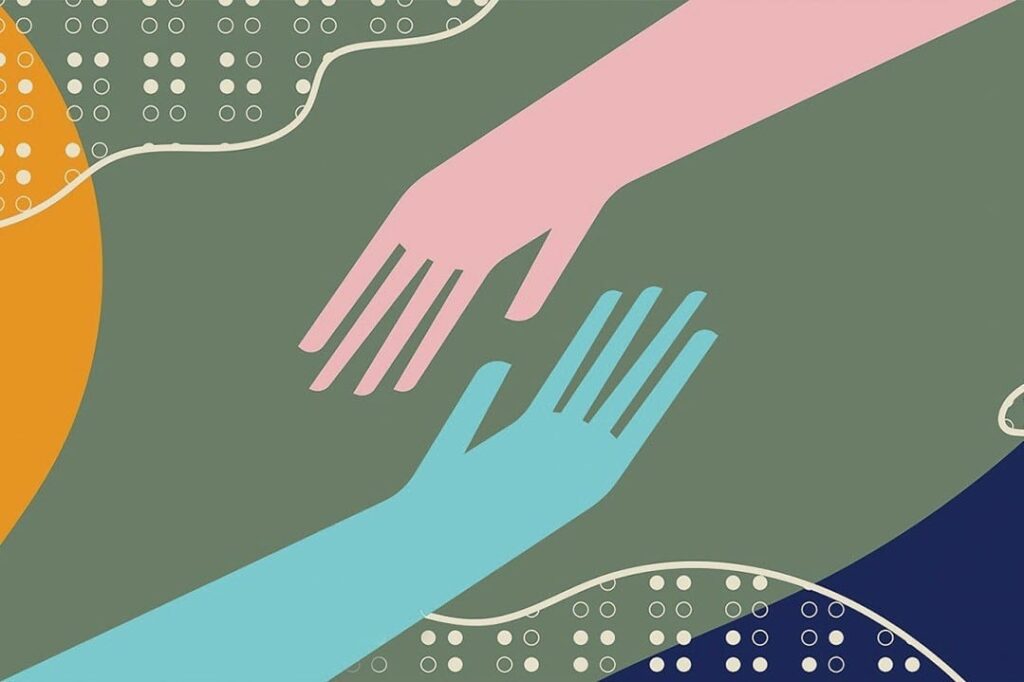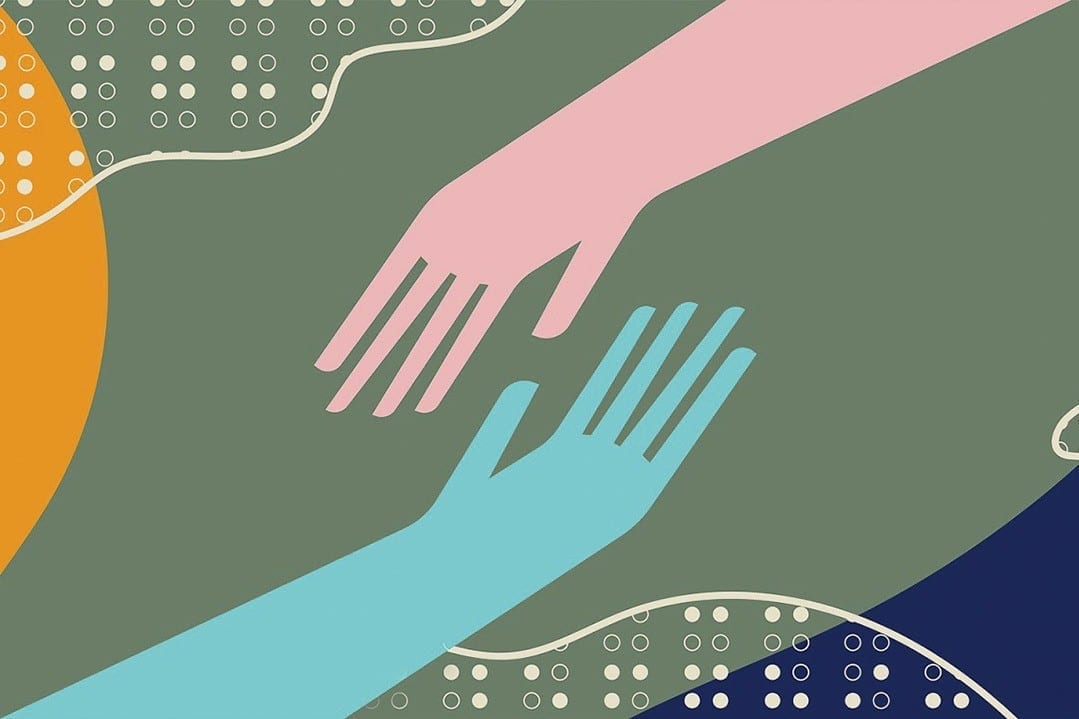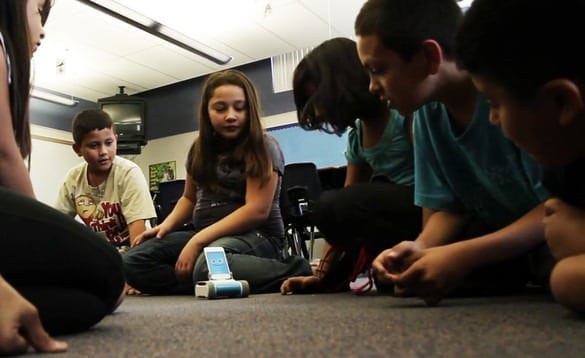
Stanford and Seoul National University researchers have developed an artificial nervous system that could give prosthetic limbs or robots reflexes and the ability to sense touch.
Stanford and Seoul National University researchers have developed an artificial sensory nerve system that can activate the twitch reflex in a cockroach and identify letters in the Braille alphabet.
The work, reported May 31 in Science, is a step toward creating artificial skin for prosthetic limbs, to restore sensation to amputees and, perhaps, one day give robots some type of reflex capability.
“We take skin for granted but it’s a complex sensing, signaling and decision-making system,” said Zhenan Bao, a professor of chemical engineering and one of the senior authors. “This artificial sensory nerve system is a step toward making skin-like sensory neural networks for all sorts of applications.”
Building blocks
This milestone is part of Bao’s quest to mimic how skin can stretch, repair itself and, most remarkably, act like a smart sensory network that knows not only how to transmit pleasant sensations to the brain, but also when to order the muscles to react reflexively to make prompt decisions.
The new Science paper describes how the researchers constructed an artificial sensory nerve circuit that could be embedded in a future skin-like covering for neuro-prosthetic devices and soft robotics. This rudimentary artificial nerve circuit integrates three previously described components.
The first is a touch sensor that can detect even minuscule forces. This sensor sends signals through the second component – a flexible electronic neuron. The touch sensor and electronic neuron are improved versions of inventions previously reported by the Bao lab.
Sensory signals from these components stimulate the third component, an artificial synaptic transistor modeled after human synapses. The synaptic transistor is the brainchild of Tae-Woo Lee of Seoul National University, who spent his sabbatical year in Bao’s Stanford lab to initiate the collaborative work.
“Biological synapses can relay signals, and also store information to make simple decisions,” said Lee, who was a second senior author on the paper. “The synaptic transistor performs these functions in the artificial nerve circuit.”
Lee used a knee reflex as an example of how more-advanced artificial nerve circuits might one day be part of an artificial skin that would give prosthetic devices or robots both senses and reflexes.
In humans, when a sudden tap causes the knee muscles to stretch, certain sensors in those muscles send an impulse through a neuron. The neuron in turn sends a series of signals to the relevant synapses. The synaptic network recognizes the pattern of the sudden stretch and emits two signals simultaneously, one causing the knee muscles to contract reflexively and a second, less urgent signal to register the sensation in the brain.
Making it work
The new work has a long way to go before it reaches that level of complexity. But in the Science paper, the group describes how the electronic neuron delivered signals to the synaptic transistor, which was engineered in such a way that it learned to recognize and react to sensory inputs based on the intensity and frequency of low-power signals, just like a biological synapse.
The group members tested the ability of the system to both generate reflexes and sense touch.
In one test they hooked up their artificial nerve to a cockroach leg and applied tiny increments of pressure to their touch sensor. The electronic neuron converted the sensor signal into digital signals and relayed them through the synaptic transistor, causing the leg to twitch more or less vigorously as the pressure on the touch sensor increased or decreased.
They also showed that the artificial nerve could detect various touch sensations. In one experiment the artificial nerve was able to differentiate Braille letters. In another, they rolled a cylinder over the sensor in different directions and accurately detected the direction of the motion.
Bao’s graduate students Yeongin Kim and Alex Chortos, plus Wentao Xu, a researcher from Lee’s own lab, were also central to integrating the components into the functional artificial sensory nervous system.
The researchers say artificial nerve technology remains in its infancy. For instance, creating artificial skin coverings for prosthetic devices will require new devices to detect heat and other sensations, the ability to embed them into flexible circuits and then a way to interface all of this to the brain.
The group also hopes to create low-power, artificial sensor nets to cover robots, the idea being to make them more agile by providing some of the same feedback that humans derive from their skin.
Learn more: An artificial nerve system developed at Stanford gives prosthetic devices and robots a sense of touch
The Latest on: Artificial nervous system
[google_news title=”” keyword=”artificial nervous system” num_posts=”10″ blurb_length=”0″ show_thumb=”left”]
via Google News
The Latest on: Artificial nervous system
- See The 50 Most Prescribed Drugs In The US Todayon May 8, 2024 at 7:30 am
Millions rely on medication to manage their health. Whether it’s a quick prescription to treat an illness or a long-term medication for a chronic illness, the vast majority of Americans do ...
- Elon Musk listens to podcasts about fall of civilization to get to sleep - even though it worries himon May 7, 2024 at 11:01 am
The South African-born entrepreneur said he has long theorised that artificial intelligence ... referring to the cellular activity between our brains and our nervous systems. Meanwhile, Mr Musk has ...
- Using Advanced Genetic Techniques, Scientists Create Mice With Traits of Tourette Disorderon May 7, 2024 at 10:30 am
Tourette disorder is a disorder of the nervous system that affects children, adolescents and adults. The condition is characterized by sudden, involuntary movements or sounds called tics. Tics can be ...
- Nervous Systemon May 1, 2024 at 5:00 pm
The nervous system is a complex network of neurons and ... potentially affecting disease progression and symptoms. Clinical stage artificial intelligence (AI)-driven drug discovery company ...
- What Companies Should Know About The Rise Of AIoTon May 1, 2024 at 3:30 am
AIoT can also improve inventory management, equipment maintenance, the supply chain, energy consumption and risk management by reducing operational costs. With the insights provided by AIoT, many ...
- 5 reasons artificial intelligence makes farmers nervouson April 30, 2024 at 12:00 am
AI is revolutionizing agriculture, but farmers want barriers such as education gaps and connectivity issues to be addressed.
- A New Declaration of Animal Consciousnesson April 29, 2024 at 1:33 pm
The study on playful bees is part of a body of research that a group of prominent scholars of animal minds cited earlier this month, buttressing a new declaration that extends scientific support for ...
- Central Nervous System News and Researchon March 31, 2024 at 5:00 pm
Clinical stage artificial intelligence (AI)-driven drug ... NeuroHIV refers to the effects of HIV infection on the brain or central nervous system and, to some extent, the spinal cord and ...
- What real bodies can show artificial mindson March 15, 2024 at 1:30 am
A fundamental facet of intelligence found across the entire animal kingdom is beginning to be unraveled using AI, neuroimaging and other tools. Why it matters: Language, reasoning and other abstract ...
via Bing News











